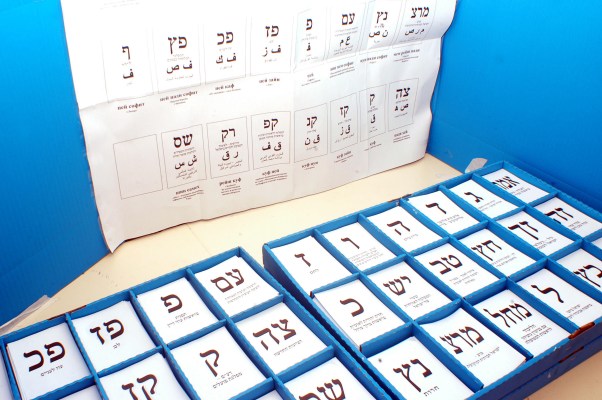Editor’s note: Gilad Bechar is the founder and CEO of Moburst, a global mobile marketing agency helping first-tier startups and brands grow their mobile business. He serves as a mentor to startups at Microsoft Accelerator, The Technion, Tel-Aviv University and Unit 8200.
The impact of mobile and social media on every aspect of our lives is nothing new, but certain events can really shine a light on how mobile has changed our way of conduct. The presidential elections do just that.
During the 2012 elections, mobile was already at the center of everything, but the smartphone industry was relatively in its diapers and smartphone shipment has since grown by almost 40 percent. We now spend more time and money on mobile devices and get the majority of content from them. These game-changing facts are about to transform the biggest game of all – politics.
To keep up with the ever-changing mobile arena, we have decided to take a look at how mobile is about to change our political process by examining the current political race in Israel, which has been a tech leader for many years now — particularly in the mobile media arena. We investigate the influence of mobile on the Israeli elections and learn a few lessons that will most likely be relevant to the presidential race towards the 2016 U.S. elections.
Media targeting is better than shaking hands and kissing babies
The key advantage of mobile media is the possibility of high-quality targeting, allowing advertisers to get a hold of an incredibly specific target audience. The clever campaign manager studies its audience and finds a sophisticated way to reach relevant users.
Parties’ media budgets are bigger than ever and almost every candidate hires dedicated agencies to do the job. Facebook’s mobile-only user base recently reached half a billion, and with new advertising platforms popping up all over the place, campaign managers can reach their target audience virtually every step of the way.
For instance, during the Israeli elections, one of the burning topics was youth’s inability to purchase an apartment. Parties that ran on a social platform would have been wise to target users searching for details on mortgage loans, or families looking to rent apartments on a budget.
Another example for clever media practice would be location-based targeting, which in the U.S. plays a particularly important role, given the electoral system. Parties can trace users in specific states where they know they should increase their advertising efforts and reach the right target audience with a custom message.
Speaking of messages, targeting specific groups should always be accompanied by the right creative content. Candidates should prepare many different versions to fit each segment specifically. This will enable candidates to highlight topics that are relevant to a certain group and let voters know that they are truly in the center.
Gamification turns politics into a form of entertainment
Sharp campaign managers are well aware that the battle over users’ attention has become more cutthroat than ever. To stand out, we’ve seen great usage of gamification techniques in the Israeli elections, with ads that are less focused on directly transmitting the message, and more on creating an experience that indirectly depicts this message.
Another great use of mobile during this election season was in crazy mobile games that were entertaining but also sent a very strong message. In one game, users were asked to play a “temple run” style game starring their favorite candidates. Other games presented a very specific agenda and were used to criticize the opposite party, but even those not focused on a specific candidate play an important role in encouraging people to vote and participate in the political discourse.
In other words, gamification helps turn politics into a more fun and engaging experience and allows parties to approach and become more relevant to a younger crowd.
Mobile video turns everyone into an activist
With U.S. mobile video ad spend doubling during the past year, the vast usage of video content during the Israeli elections should come as no surprise. Facebook native video is now at 3 billion views per day and other social networks are headed in the same direction.
Israeli candidates managed to generate attention and buzz by creating videos that were widely shared on social media. We’ve seen this media tool in play by basically every party, including orthodox religious ones.
Chances are the upcoming U.S. election will be video focused, as well, which will affect not only budgets, but also content. Video content tends to be more entertaining and less formal than what we are used to seeing on national TV. The boundaries between official messages and indie political activists’ creations are blending, and content becomes not only user-focused, but also user-generated.
With mobile becoming the device of choice for all age groups, campaign managers must pay extra attention and develop a mobile-first approach the sooner the better. We cannot predict the outcome of the U.S. elections, but we can say one thing for sure: It’s going to be interesting, and it’s going to be on mobile.
